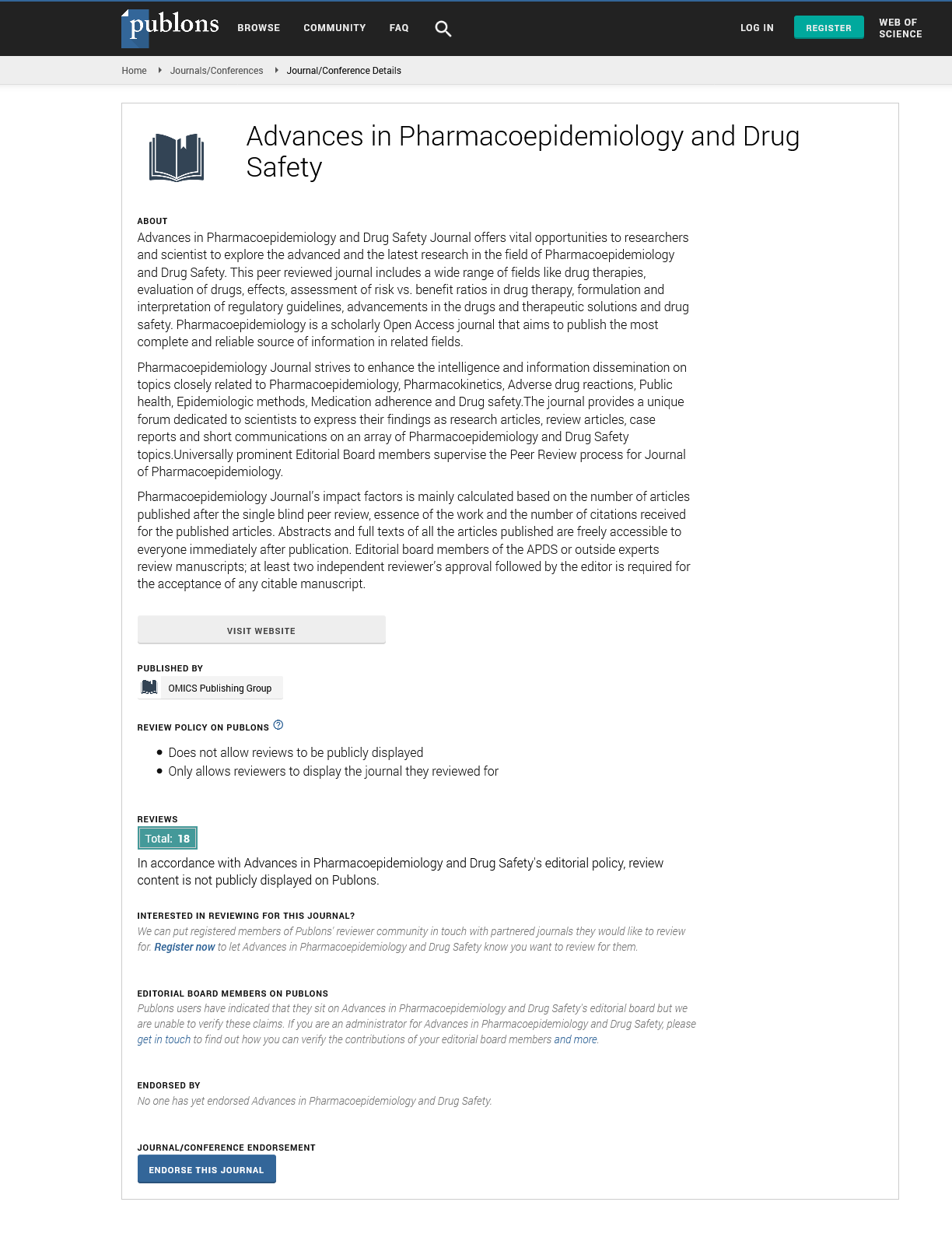Indexed In
- Open J Gate
- Genamics JournalSeek
- Academic Keys
- JournalTOCs
- RefSeek
- Hamdard University
- EBSCO A-Z
- SWB online catalog
- Publons
- Geneva Foundation for Medical Education and Research
- Euro Pub
- Google Scholar
Useful Links
Share This Page
Journal Flyer

Open Access Journals
- Agri and Aquaculture
- Biochemistry
- Bioinformatics & Systems Biology
- Business & Management
- Chemistry
- Clinical Sciences
- Engineering
- Food & Nutrition
- General Science
- Genetics & Molecular Biology
- Immunology & Microbiology
- Medical Sciences
- Neuroscience & Psychology
- Nursing & Health Care
- Pharmaceutical Sciences
Commentary - (2024) Volume 13, Issue 1
Structural Genomics Analysis: Exposing SARS-CoV-2 and Omicron Variants for Drug Development
Hikari Naomi*Received: 27-Feb-2024, Manuscript No. PDS-24-25492; Editor assigned: 29-Feb-2024, Pre QC No. PDS-24-25492 (PQ); Reviewed: 14-Mar-2024, QC No. PDS-24-25492; Revised: 21-Mar-2024, Manuscript No. PDS-24-25492 (R); Published: 28-Mar-2024, DOI: 10.35248/ 2167-1052.23.13.351
Description
In the face of the extreme challenges brought forward by the COVID-19 pandemic on a global scale, there is a critical need to look into the structural genomics of the active agent, SARSCoV- 2, and its evolving variants. This commentary aims to provide a thorough analysis of the structural genomics of both SARS-CoV-2 and the recently identified Omicron variant. With a specific focus on their structural difficulties, this discussion aims to clarify their implications for the development of complicated therapeutic strategies in the ongoing challenge against COVID-19.
Structural genomics of SARS-CoV-2
SARS-CoV-2 is a positive-sense single-stranded RNA virus belonging to the family Coronaviridae. Its genome encodes several structural and non-structural proteins essential for viral replication and pathogenesis. Fundamental structural proteins include the Spike (S) protein, Membrane (M) protein, Envelope (E) protein, and Nucleocapsid (N) protein. Among these, the spike protein plays a major role in viral entry by transmitting receptor binding and membrane fusion. High-resolution structural studies, such as cryo-electron microscopy, have shown the atomic-level architecture of these proteins, providing valuable insights into their function and potential targets for therapeutic targeting.
Drug design templates for COVID-19
Understanding the structural genomics of SARS-CoV-2 and its variants is instrumental in informing rational drug design strategies for COVID-19. Several approaches have been explored, including small molecule inhibitors, monoclonal antibodies, and nucleotide analogs, targeting various stages of the viral life cycle. The spike protein, with its Receptor-Binding Domain (RBD) and fusion machinery, has featured as a prime target for antiviral intervention. Structural studies of the spike protein have revealed potential druggable sites, including the receptor-binding interface and protease cleavage sites, which can be used for the development of entry inhibitors and protease inhibitors.
Significance of the omicron variant
The beginning of the Omicron variant has raised concerns due to its extensive mutational profile, particularly within the spike protein. Structural genomics analyses of Omicron have highlighted mutations in fundamental regions, such as the RBD and the N-Terminal Domain (NTD), which may affect immune recognition and potentially contribute to increased viral spread. Understanding the structural impact of these mutations is essential for testing their potential implications on vaccine efficacy and therapeutic interventions. Moreover, structural studies of Omicron can guide the design of next-generation vaccines and antiviral drugs customized to target variant-specific weaknesses.
Challenges and opportunities
Despite significant progress in structural genomics and drug design for COVID-19, several challenges continue. These include the rapid evolution of the virus, emergence of novel variants, and potential resistance to existing therapies. Additionally, optimizing drug candidates for efficacy, safety, and pharmacokinetic properties remains a difficult task. However, advances in computational modeling, high-throughput screening, and structural biology techniques offer potential methods for accelerating drug discovery and development efforts. Collaborative initiatives, such as the COVID-19 drug discovery consortium, aim to support interdisciplinary expertise and resources to advance the translation of basic science discoveries into clinically effective treatments.
In conclusion, the structural genomics of SARS-CoV-2 and its variants provide valuable insights into the molecular mechanisms underlying COVID-19 pathogenesis and inform rational drug design strategies. By elucidating the atomic-level architecture of viral proteins and their interactions with host factors, structural studies prepare for the development of novel antiviral therapeutics with improved efficacy and specificity. As we continue to challenge the challenges posed by COVID-19, ongoing research efforts in structural genomics and drug design hold the potential of advancing our understanding of the virus and facilitating the development of effective countermeasures to reduce its impact on global health.
Citation: Naomi H (2024) Structural Genomics Analysis: Exposing SARS-CoV-2 and Omicron Variants for Drug Development. Adv Pharmacoepidemiol Drug Saf. 13:351.
Copyright: © 2024 Naomi H. This is an open-access article distributed under the terms of the Creative Commons Attribution License, which permits unrestricted use, distribution, and reproduction in any medium, provided the original author and source are credited.

